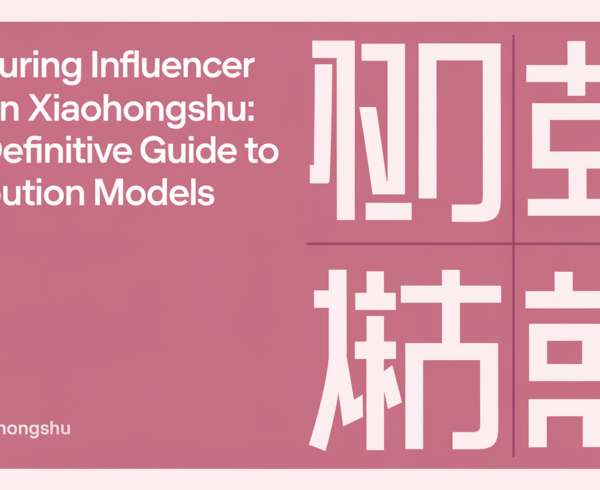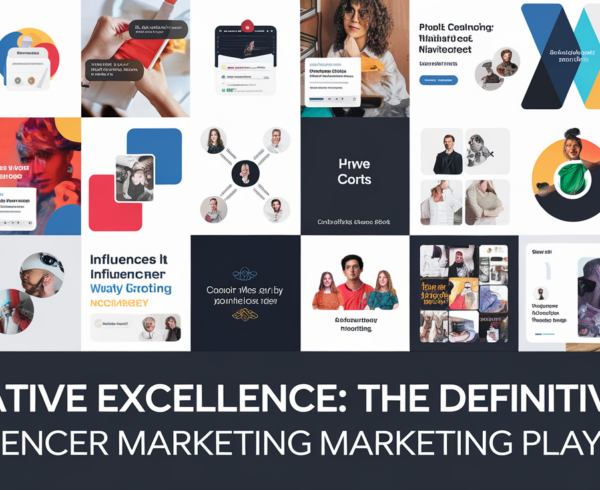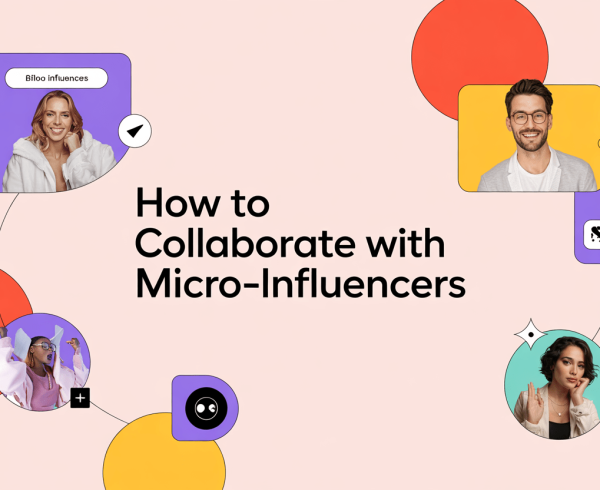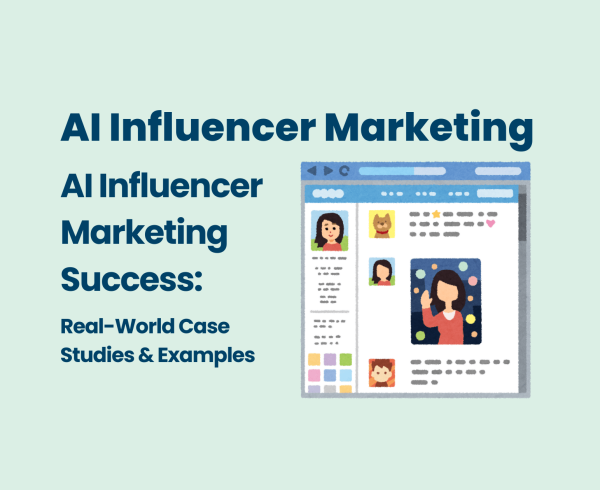Ready to Go Virtual? What’s Your First Step into the World of AI Influencer Marketing?
Artificial intelligence is no longer a futuristic fantasy; it’s a tangible force reshaping the marketing landscape, and influencer marketing is no exception. For brands looking to tap into the power of AI, the prospect of launching their first AI influencer campaign can be both exciting and daunting. Where do you even begin? This practical guide will walk you through the essential steps and considerations for successfully integrating AI influencers into your marketing mix.
1. Define Your Objectives: What Do You Want Your AI Influencer to Achieve?
Before diving into the world of virtual personalities, the first crucial step is to clearly define your marketing objectives. What do you hope to achieve with an AI influencer? Are you looking to increase brand awareness, drive product sales, engage a specific demographic, or something else entirely? Having well-defined goals will guide your strategy and help you determine the most suitable type of AI influencer and campaign approach. For instance, if your goal is to reach Gen Z, an AI influencer with a strong presence on platforms like TikTok and Instagram, embodying current trends, might be ideal, as highlighted in the “State of virtual influencers 2025” report.
2. Explore the AI Influencer Landscape: Understanding the Different Virtual Personalities:
The term “AI influencer” encompasses a range of virtual personalities. Some are photorealistic CGI humans, while others are more stylized avatars or even non-human entities. Understanding these different types is essential for choosing one that aligns with your brand’s image and target audience. Consider whether you need a virtual model to showcase fashion, a knowledgeable avatar to explain complex products, or a fun character to engage younger audiences. The “State of virtual influencers 2025” report outlines the various types of virtual influencers, providing a good starting point for understanding the options available.
3. Choose the Right Platform: Where Does Your Ideal AI Influencer Engage?
Just like human influencers, AI influencers thrive on specific social media platforms and digital channels. Consider where your target audience spends their time online. Is it Instagram, TikTok, YouTube, or perhaps even emerging metaverse platforms? Selecting the right platform for your AI influencer is crucial for maximizing reach and engagement. Some virtual influencers have found immense success on Instagram due to its visual nature, while others are making waves on TikTok with short-form video content. Increasingly, the metaverse is also becoming a relevant space, as noted in the “AI influencer marketing may pose risk to brand trust, new research finds” article.
4. Craft Your Brand’s Virtual Persona: Defining Your AI Ambassador’s Identity:
One of the unique advantages of AI influencers is the ability to completely customize their persona. This includes their appearance, style, values, interests, and even their backstory. Carefully crafting your AI influencer’s identity is crucial for ensuring they resonate with your target audience and effectively represent your brand. Consider their tone of voice, the type of content they will create, and the causes they will support. Consistency in their persona is key to building a recognizable and engaging virtual ambassador.
5. Develop a Content Strategy: Planning Engaging and Consistent Content:
A successful AI influencer campaign requires a well-defined content strategy. What kind of content will your AI influencer create? Will it be photos, videos, blog posts, live streams, or interactive experiences? Plan a content calendar that aligns with your marketing objectives and keeps your audience engaged. Remember that consistency is key to maintaining audience interest and building a loyal following for your virtual influencer. AI tools can even assist in generating content ideas and scheduling posts for optimal times.
6. Establish Clear Guidelines and Boundaries: Ensuring Brand Safety and Ethical Practices:
While AI influencers offer greater brand control, it’s still essential to establish clear guidelines and boundaries for their behavior and content. This includes defining what they can and cannot say, the types of products they can promote, and the ethical standards they must adhere to. Transparency is also crucial. Ensure that it’s clear to the audience that they are interacting with an AI-powered entity, as highlighted by the research on the importance of transparency in AI influencer marketing to maintain brand trust.
7. Monitor Performance and Analyze Data: Tracking the Success of Your AI Influencer:
Just like any other marketing campaign, it’s crucial to monitor the performance of your AI influencer and analyze the data to understand what’s working and what’s not. Track key metrics such as reach, engagement, website traffic, and conversions. AI-powered analytics tools can provide valuable insights into audience demographics, content performance, and overall campaign effectiveness, allowing you to optimize your strategy and demonstrate ROI, aligning with the data analysis benefits of AI discussed in “Analyzing the Impact of AI on Influencer Marketing.”
8. Embrace a Hybrid Approach: Integrating AI with Human Influencers:
Consider a hybrid approach that combines the strengths of both AI and human influencers. AI influencers can handle tasks requiring consistency and scalability, while human influencers can bring authenticity and emotional connection. This blended strategy can offer the best of both worlds, maximizing reach, engagement, and credibility. The Deloitte report on the creator economy suggests that the most effective strategies often involve a combination of different types of creators.
9. Stay Updated and Adapt: The Evolving World of AI Influencer Marketing:
The field of AI influencer marketing is rapidly evolving. New technologies, platforms, and best practices are constantly emerging. It’s crucial to stay updated on the latest trends and be prepared to adapt your strategy as the landscape changes. Follow industry news, attend webinars, and experiment with new approaches to ensure you’re leveraging the full potential of AI influencers. The “CreatorIQ 2025 Trends Report” emphasizes the importance of staying agile and adapting to the evolving influencer marketing landscape.
10. Start Small and Iterate: Don’t Be Afraid to Experiment and Learn:
Getting started with AI influencer marketing doesn’t mean you need to launch a massive, complex campaign right away. Begin with a smaller pilot project to test the waters, learn what works best for your brand and audience, and iterate based on the results. Don’t be afraid to experiment and try new things as you become more comfortable with this innovative marketing approach.
In conclusion, getting started with AI influencer marketing requires careful planning, a clear understanding of your objectives, and a willingness to experiment. By following these practical steps and staying informed about the latest trends, brands can successfully integrate AI influencers into their marketing mix, unlock new levels of efficiency, engagement, and innovation, and ultimately connect with their target audiences in exciting and impactful ways.






